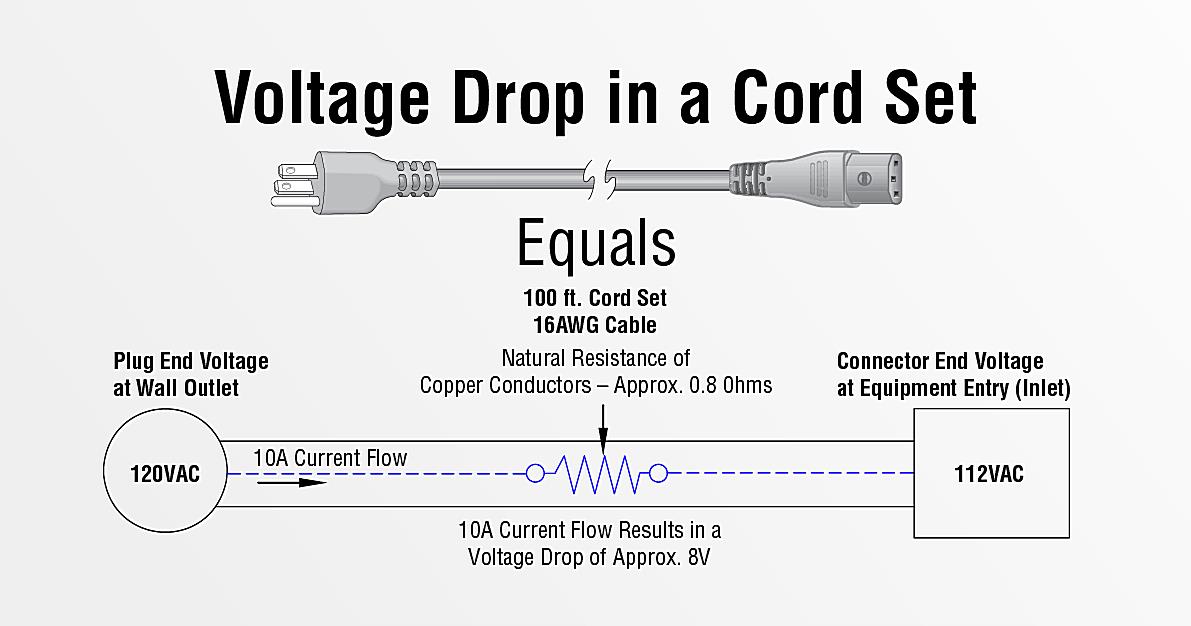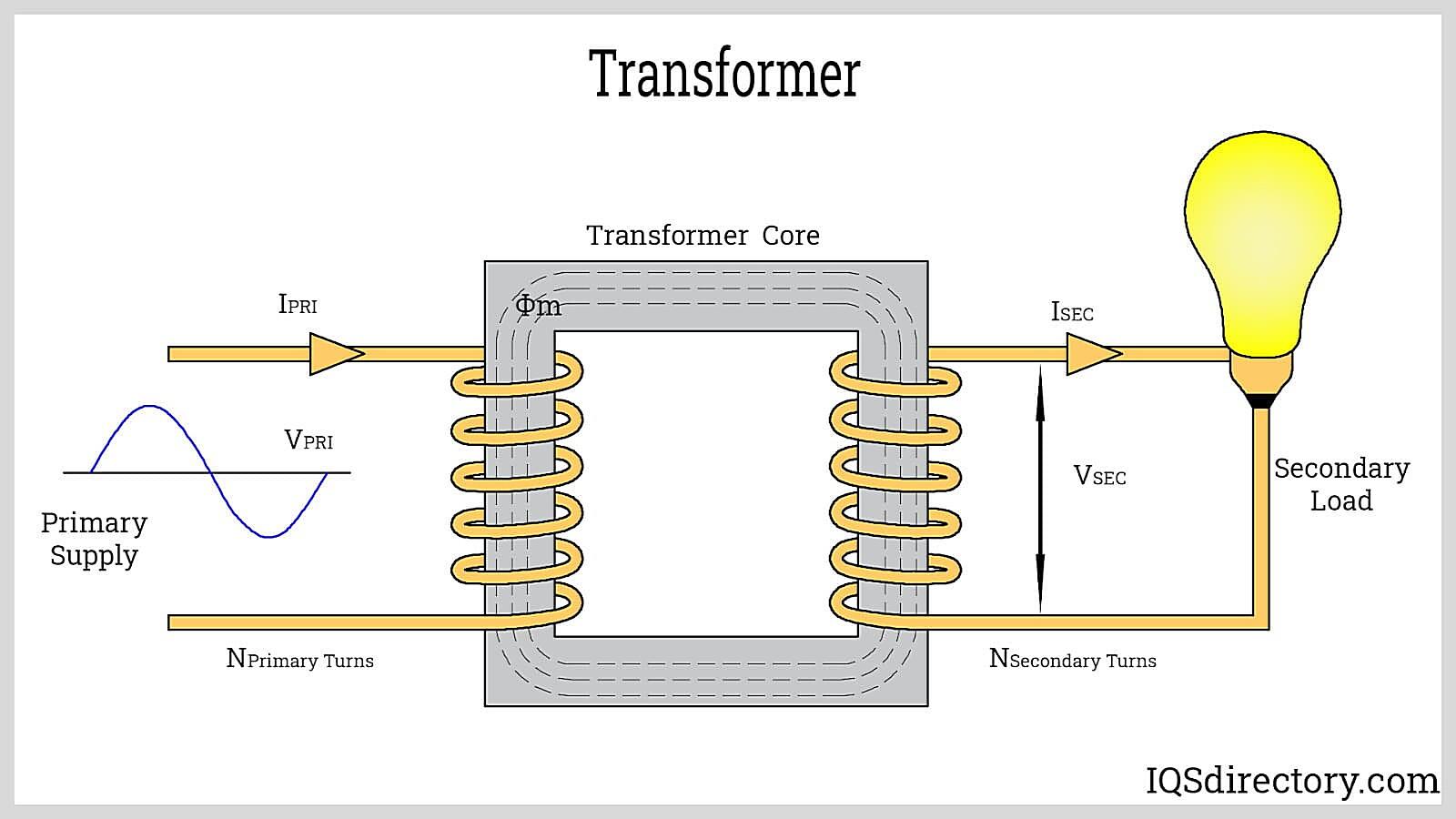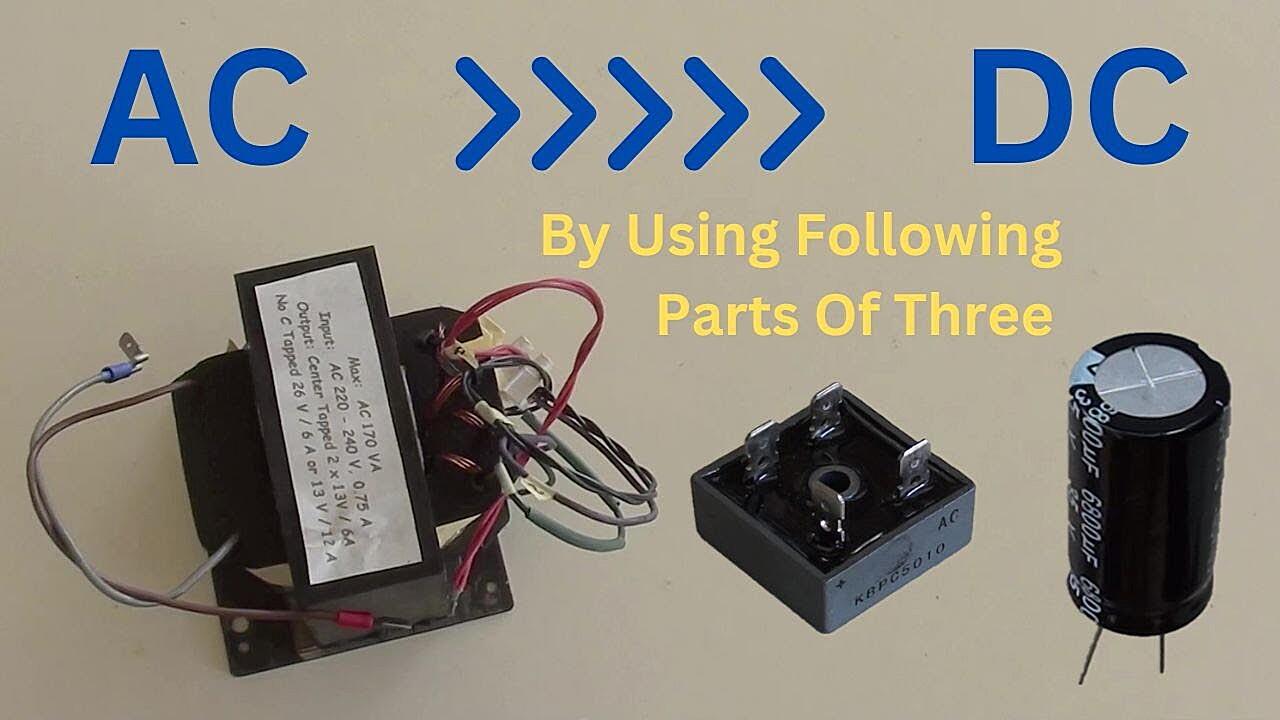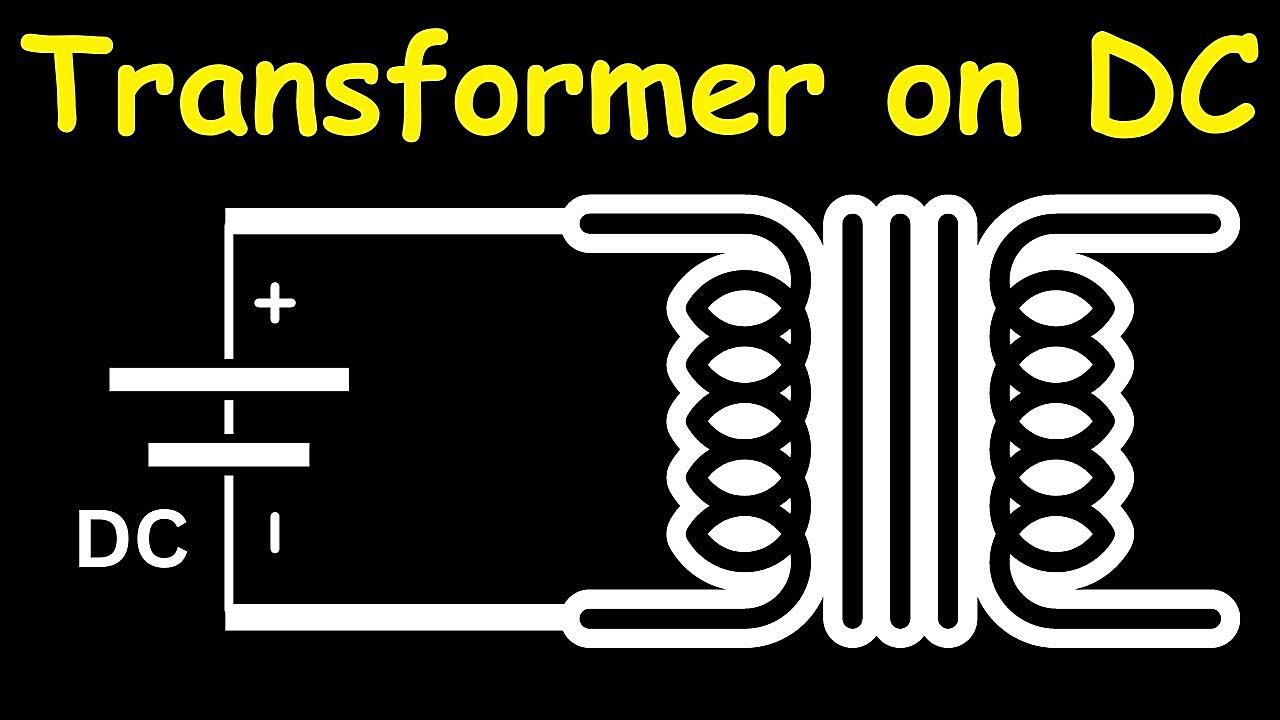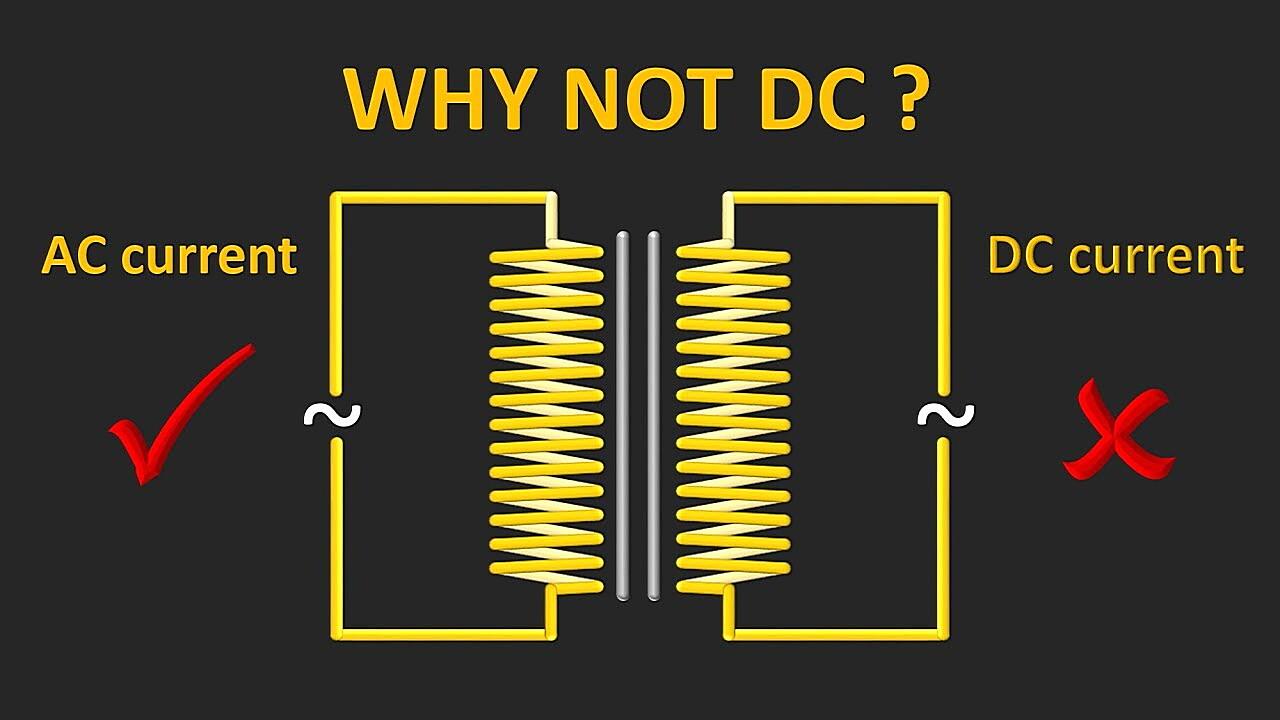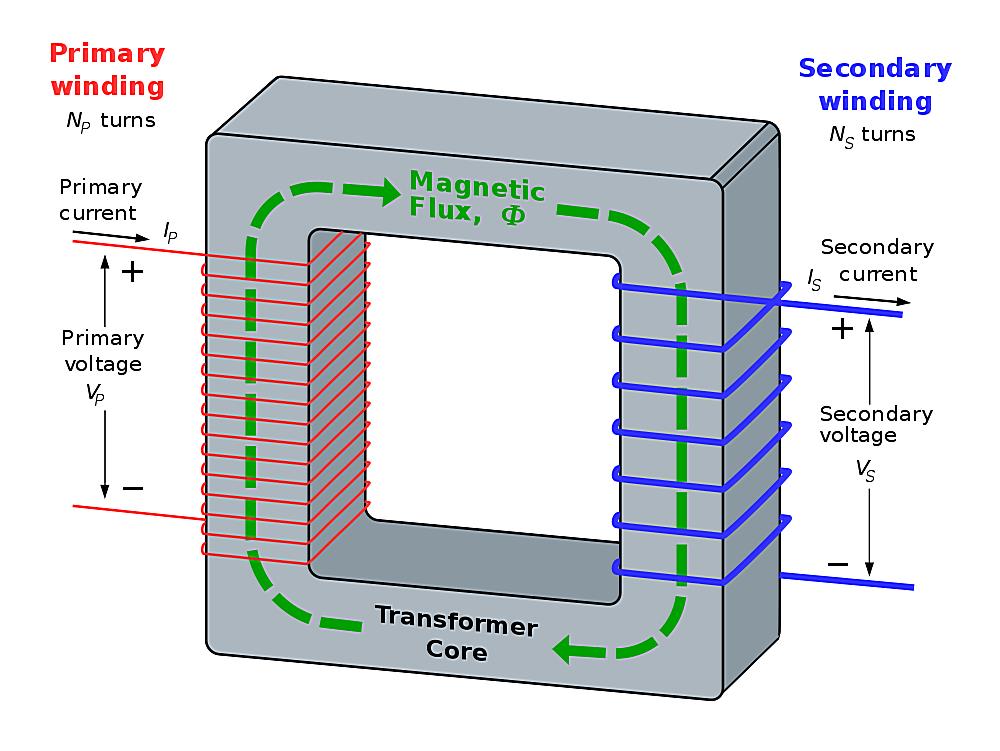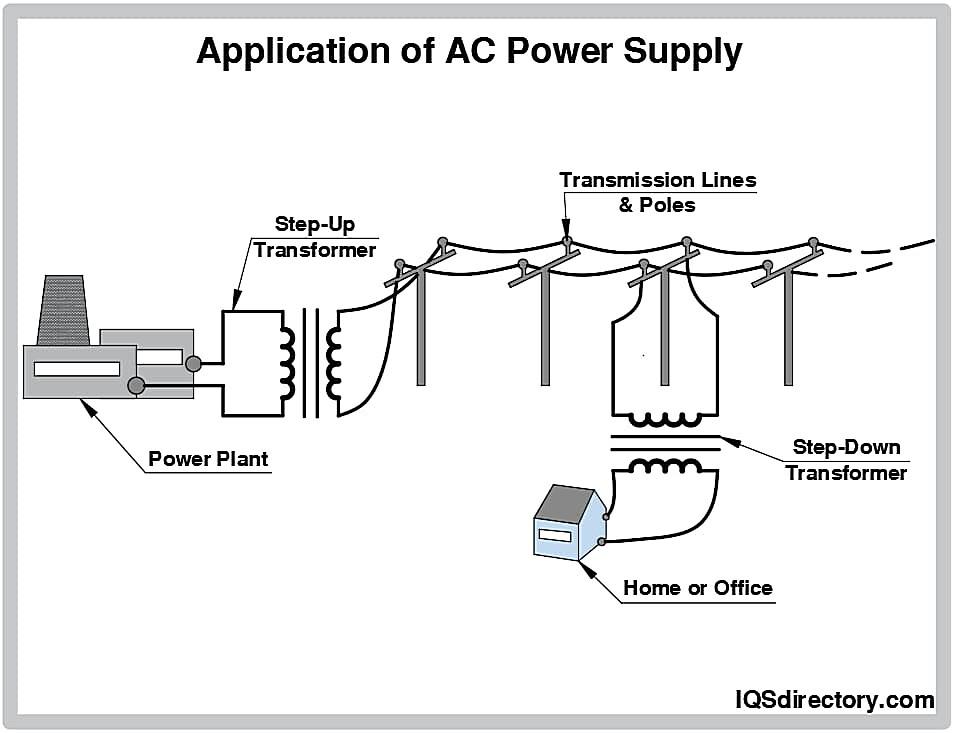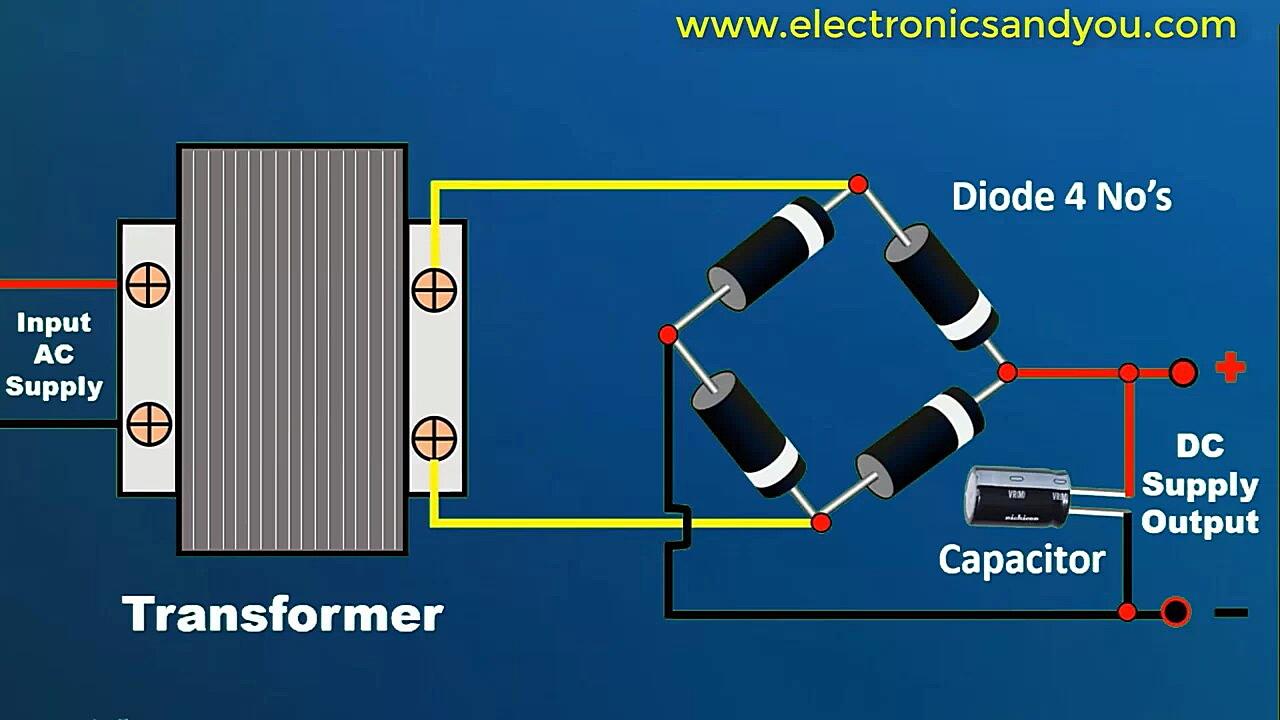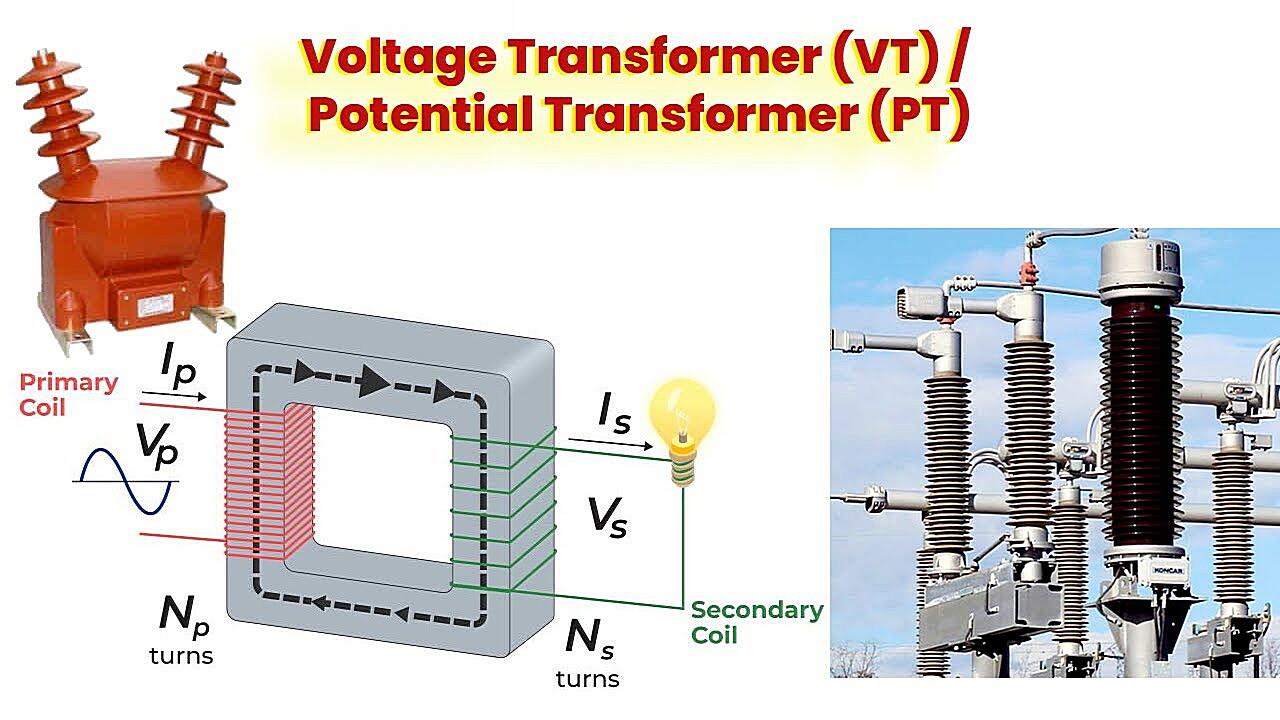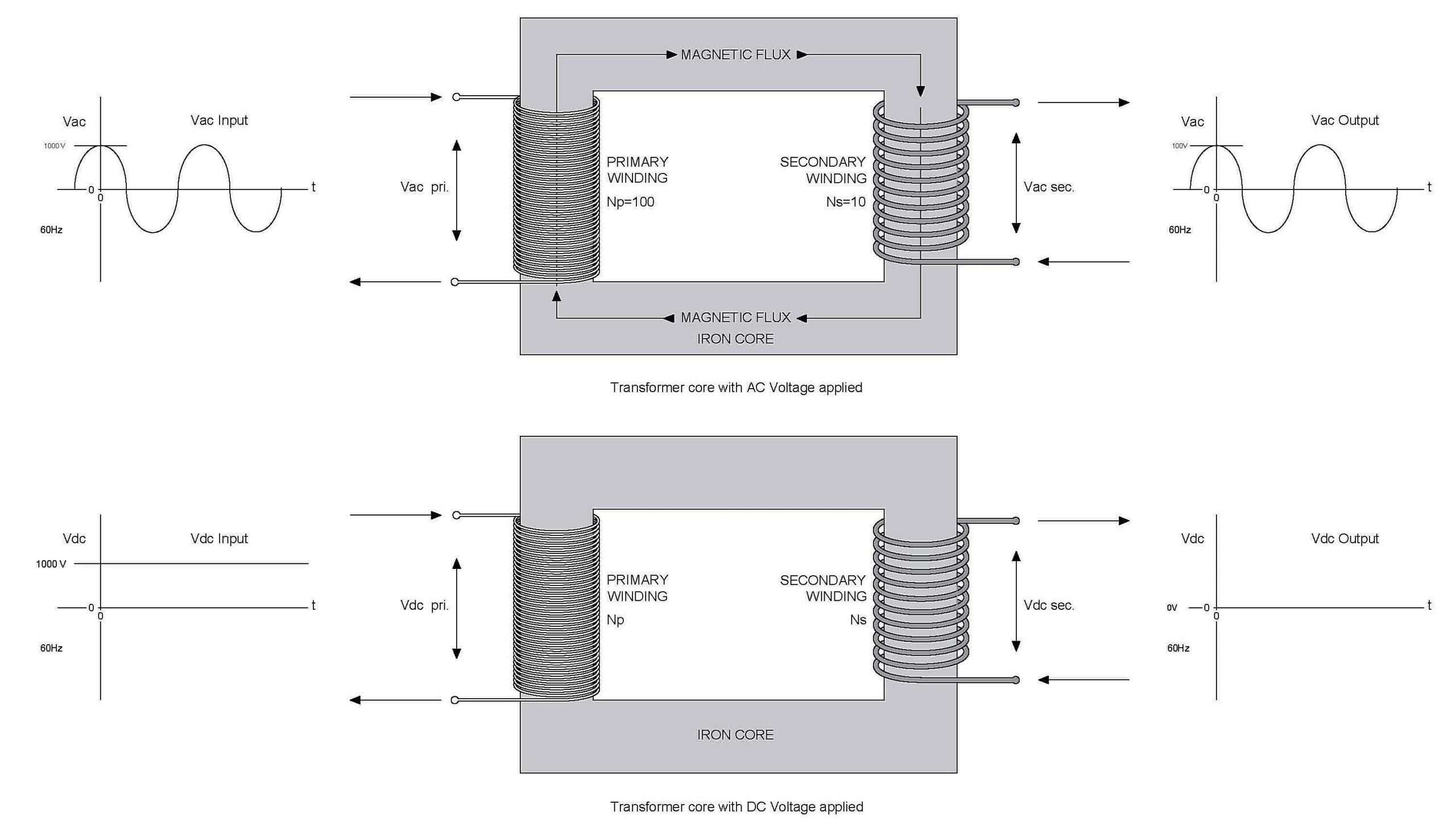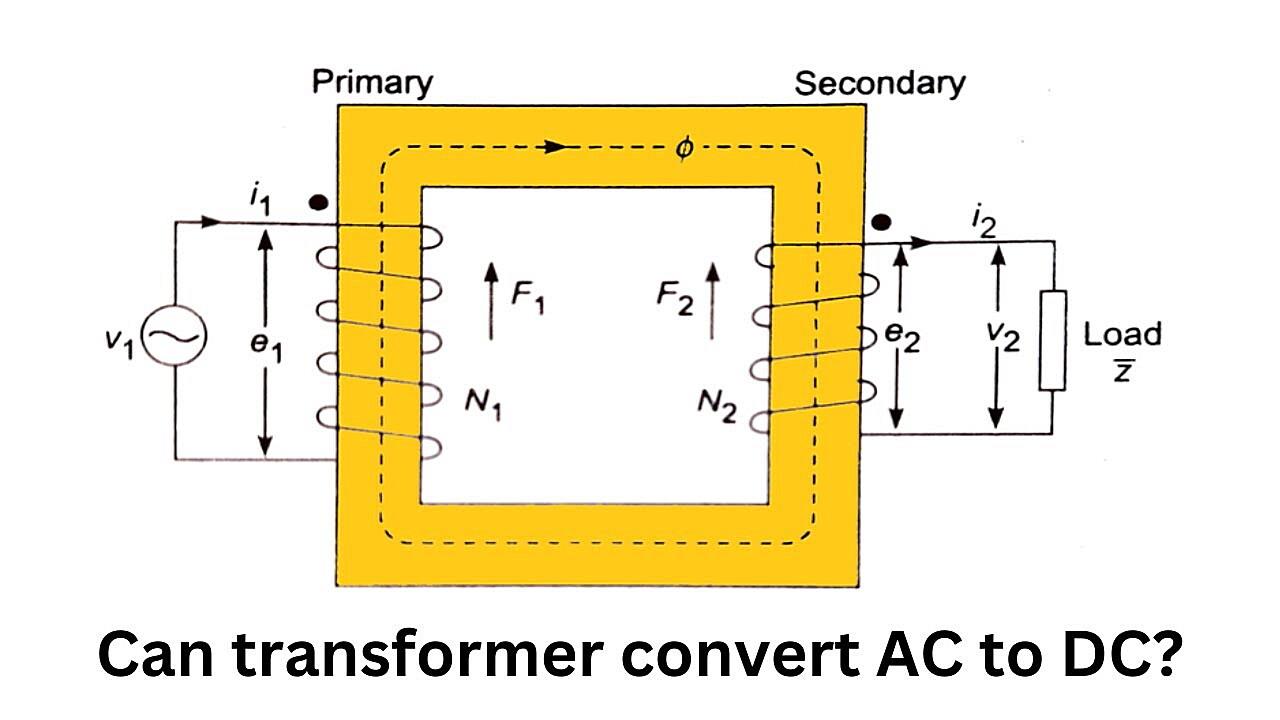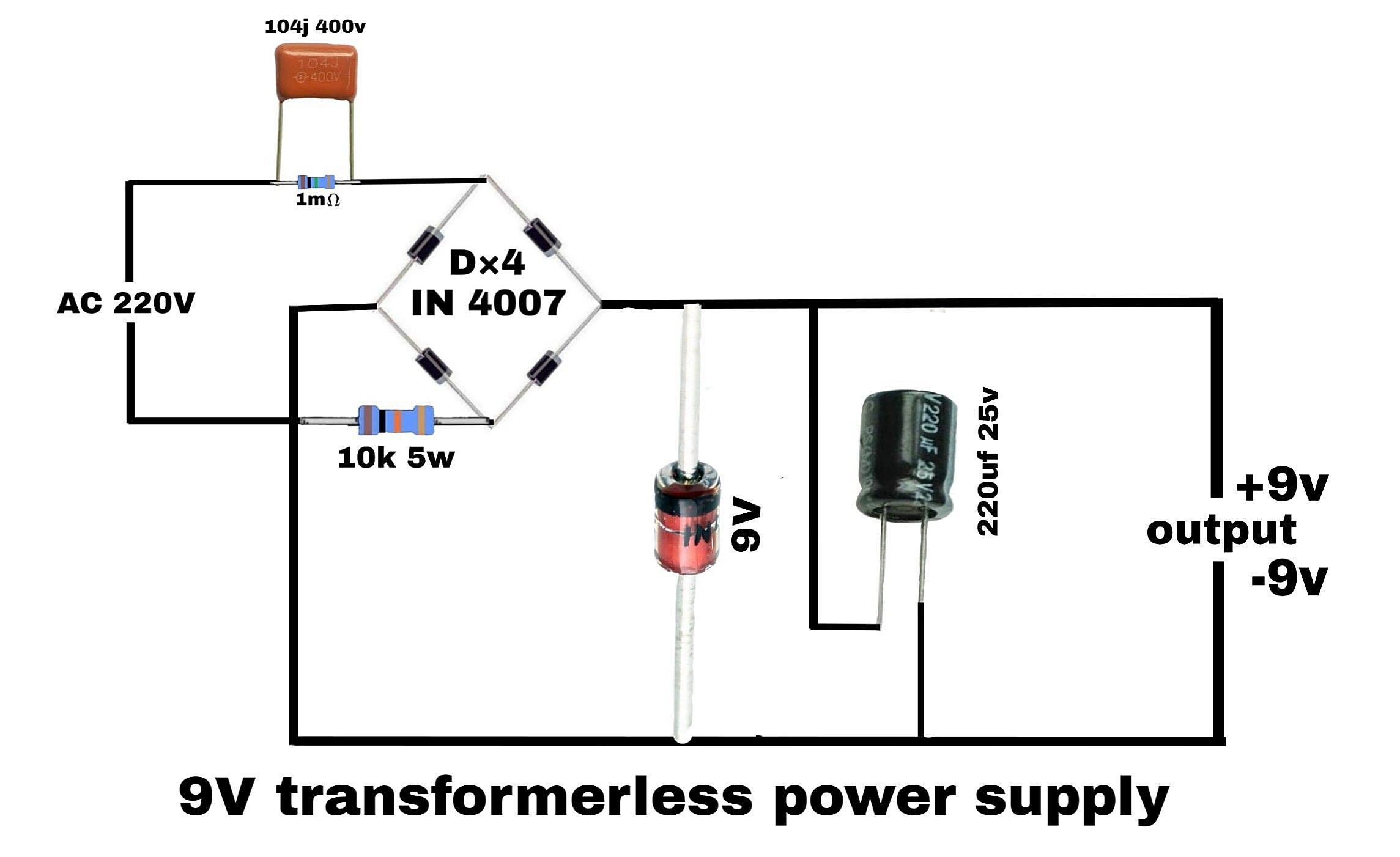You May Also Like :
Unveiling the Electrical Secrets
1. Navigating the Current Conundrum
Okay, let’s tackle a question that often sparks (pun intended!) confusion: Does a transformer work with AC or DC? Its a fundamental query when youre dipping your toes into the world of electricity and electronics. The short answer? Transformers are designed to work with alternating current (AC), not direct current (DC). But to truly understand why, we need to explore what a transformer is and how it operates its electrical magic.
Think of a transformer as a matchmaker for voltage. It takes an AC voltage at one level and transforms it into another, higher or lower, while keeping the power (roughly) the same. This is crucial because the voltage coming from your power outlet might not be suitable for all your devices. Some gadgets need a higher voltage, others a lower one. Transformers ensure everything gets the juice it needs without frying anything!
The reason transformers are so picky about AC is deeply rooted in their design. At its core, a transformer relies on a principle called electromagnetic induction. This happens when a changing magnetic field induces a voltage in a nearby conductor. With AC, the current constantly changes direction and magnitude, creating that essential fluctuating magnetic field. Its like a constant dance of electrons that makes the whole process tick.
Without this constant change, the transformer is essentially useless. It would be like trying to play a guitar that has broken strings. So, while transformers are crucial to delivering power to our homes and devices, they require AC to function properly.
The Heart of the Matter
2. Why AC is the Transformer’s Best Friend
To really appreciate why AC is indispensable to a transformer’s operation, let’s zoom in on the phenomenon of electromagnetic induction. Visualize two coils of wire placed close to each other, but not physically connected. One coil (the primary coil) is connected to a source of electricity, while the other (the secondary coil) is connected to a load, like a light bulb.
When AC flows through the primary coil, it generates a magnetic field that is constantly expanding and contracting as the current changes direction. This fluctuating magnetic field then “cuts” across the secondary coil. According to Faraday’s Law of Induction, this cutting action induces a voltage in the secondary coil. And voila! Electrical energy has been transferred from one coil to the other without any direct contact.
Now, picture what happens if we use DC. With DC, the current flows in one direction only. Initially, when you first switch on the DC current to the primary coil, there is a changing magnetic field as the field builds up. This would induce a temporary voltage in the secondary coil. But once the magnetic field stabilizes at its maximum value (when the current is steady), the changing magnetic field ceases, and so does the induced voltage in the secondary coil.
Effectively, a transformer supplied with DC would only produce a brief pulse of voltage when initially switched on, and then nothing. Its like a one-hit wonder of electricity. So, the continuous fluctuation of AC is not just helpful, it’s essential for continuous voltage induction.
DC’s Stumbling Block
3. The Downfall of Direct Current in Transformers
Let’s delve a little deeper into why a static magnetic field, the kind you get with steady DC, renders a transformer useless. Remember that electromagnetic induction hinges on a changing magnetic field. This change induces the voltage in the secondary coil, allowing the transformer to do its job of stepping up or stepping down voltage.
Think of it like pushing a swing. To keep the swing moving, you need to keep applying force, constantly changing its momentum. If you just hold the swing in place, it doesn’t go anywhere. Similarly, a static magnetic field doesn’t “push” the electrons in the secondary coil, so no voltage is induced.
If you were to apply DC to a transformers primary coil for an extended period, it could lead to serious problems. Without the constantly changing magnetic field, the primary coil acts essentially like a large resistor. The DC current flows through the coil, generating heat due to the coil’s resistance. If the current is high enough, this heat can damage the transformer’s insulation, leading to short circuits and potentially a fire hazard. It’s a recipe for electrical disaster!
Therefore, while DC is useful in many applications, its simply not compatible with the fundamental principles of how transformers work. The dynamic dance of AC is what allows transformers to gracefully manage the voltages powering our world.
Workarounds and the Modern Electrical Landscape
4. Adapting to the Digital Age
While transformers themselves strictly operate on AC, the modern electrical landscape is full of situations where we need to convert DC to AC or vice versa. This is particularly true in electronic devices, which often run on DC, even though they plug into AC wall outlets. Ever wonder about that chunky power adapter on your laptop or phone charger?
These adapters contain electronic circuits called rectifiers and inverters. Rectifiers convert AC voltage from the wall outlet into DC voltage, while inverters do the opposite, converting DC voltage into AC voltage. For example, solar panels generate DC electricity. To feed this electricity into the AC power grid, an inverter is needed to change the DC to AC.
These conversion processes are crucial for the efficient use of electrical energy in a vast array of applications. Consider the use of variable frequency drives (VFDs) in industrial motors. VFDs first rectify AC power into DC, then use an inverter to create AC at a different frequency, allowing precise control of motor speed and torque. This saves energy and improves efficiency.
So, while transformers are strictly AC devices, the broader picture involves sophisticated techniques for seamlessly transitioning between AC and DC, enabling us to harness electricity in the most versatile and efficient ways possible. The world of electrical engineering is all about adapting and innovating to meet our ever-evolving energy needs.
Practical Implications and Everyday Examples
5. Transformers in Your Home and Beyond
Okay, so we know transformers need AC. But where do you actually find these workhorses in everyday life? The answer is: everywhere! From the moment electricity leaves the power plant until it powers your smartphone, transformers play a vital role.
Think about the large transformers you see outside substations. These are responsible for stepping down the high-voltage electricity from the power grid to a lower voltage suitable for distribution to homes and businesses. Then, smaller transformers, often housed in those green boxes you see in neighborhoods, further reduce the voltage to the 240V or 120V used in your outlets.
Even inside your home, transformers are lurking within many devices. Your microwave, TV, and stereo system all contain transformers that step down the voltage to the levels required by their internal components. Without these transformers, our appliances would be toast (literally, perhaps!). The humble transformer is an unsung hero of modern convenience.
And it’s not just homes and businesses; transformers are crucial in industrial settings, transportation (electric trains rely heavily on them), and even medical equipment. Next time you flick a light switch or charge your phone, take a moment to appreciate the silent, reliable work of the transformer, diligently doing its job behind the scenes!


